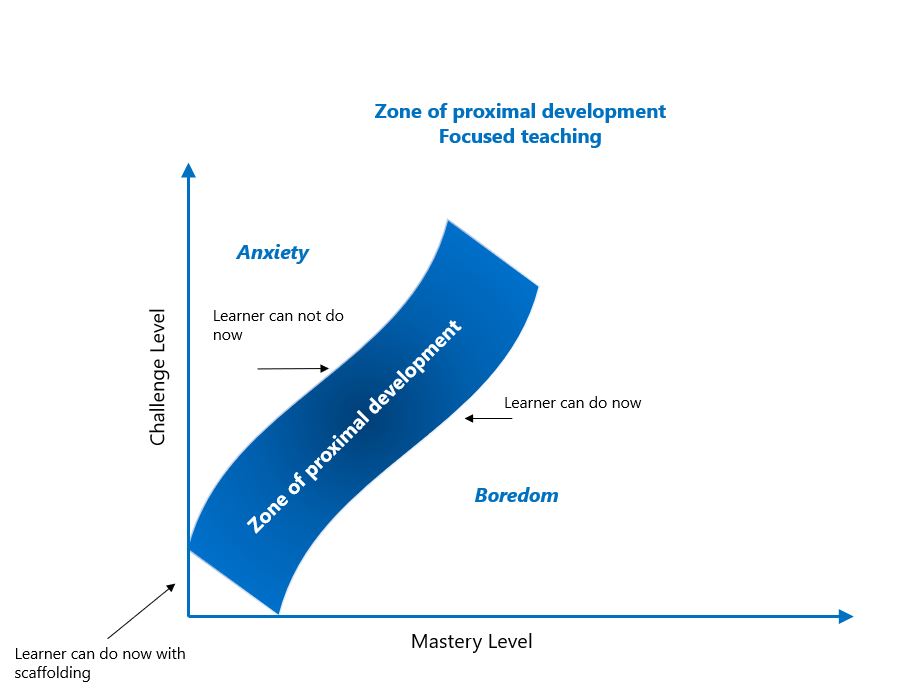Differentiation and accommodations in the learning environment
Differentiation and accommodation are important considerations when planning, delivering, and wrapping-up lessons.
What is differentiation?
Differentiation is utilizing different approaches to what students learn, how they learn it, and how they demonstrate what they've learned. Approaches are built into the lessons giving students voice and choice in their learning. There are four curricular elements to take into consideration every day in the classroom:
- Content—input, what students learn
- Process—how students go about making sense of ideas and information
- Product—output, or how students demonstrate what they learned
- Learning environment—the effect of students' emotions and feelings on their learning
What are accommodations?
Accommodations are changes in the learning environment which provide students access to their learning. These are individual ways content or instructions need to be presented to a student in order to provide equitable and inclusive access to instruction. The overall goal of accommodations is for every individual to learn to access the content independently. Accommodations may include text to speech technology, such as Immersive Reader; speech to text using Dictation, and access to a screen reader such as Narrator.
Learn more about differentiation.
Creating an environment that is welcoming, inclusive, and non-stigmatizing to all students is as important as the lessons and content.
Zone of proximal development
Psychologist Lev Vygotsky coined the term many educators strive for in their teaching practice: The Zone of Proximal Development. It's often referred to as educators develop lessons. What are students able to do independently, versus what they'll need assistance to be able to do is a moving target. Finding that sweet spot for future work is the challenge that parents, students, and educators work together to attain.

Mental health
Students’ social and emotional wellbeing is a major consideration in remote learning. For students who struggle with their emotions, their behavior is as important as academic learning. Students need to be prepared socially and emotionally in order to learn. Strategies available to secure success include providing:
- Alternative methods of turning in work such as Flipgrid and digital inking
- Advance access to content
- Multiple ways to connect with staff and peers, have conversations in Teams chat or 1:1 meetings, even email
Make class fun in a remote environment
Finding external motivators in a remote setting keeps students engaged. Examples are:
- “Fun Fridays” in a Teams meeting where students can socialize
- Sharing: share something that may not have been possible to bring to school, such as a pet or large toy
- Continue class and community celebrations and traditions
- Virtual museum or art walk of student work
- Create a progressive story using Flipgrid
Review of student work
Once a lesson is complete, review the whole cycle from content to process to product to environment before moving on to the next lesson. Reflect on strategies and areas of differentiation that helped students and build upon these.
Closing
Building in differentiation, creating accessible content, using accommodations give all students the opportunity to engage in a rich and inviting learning experience.